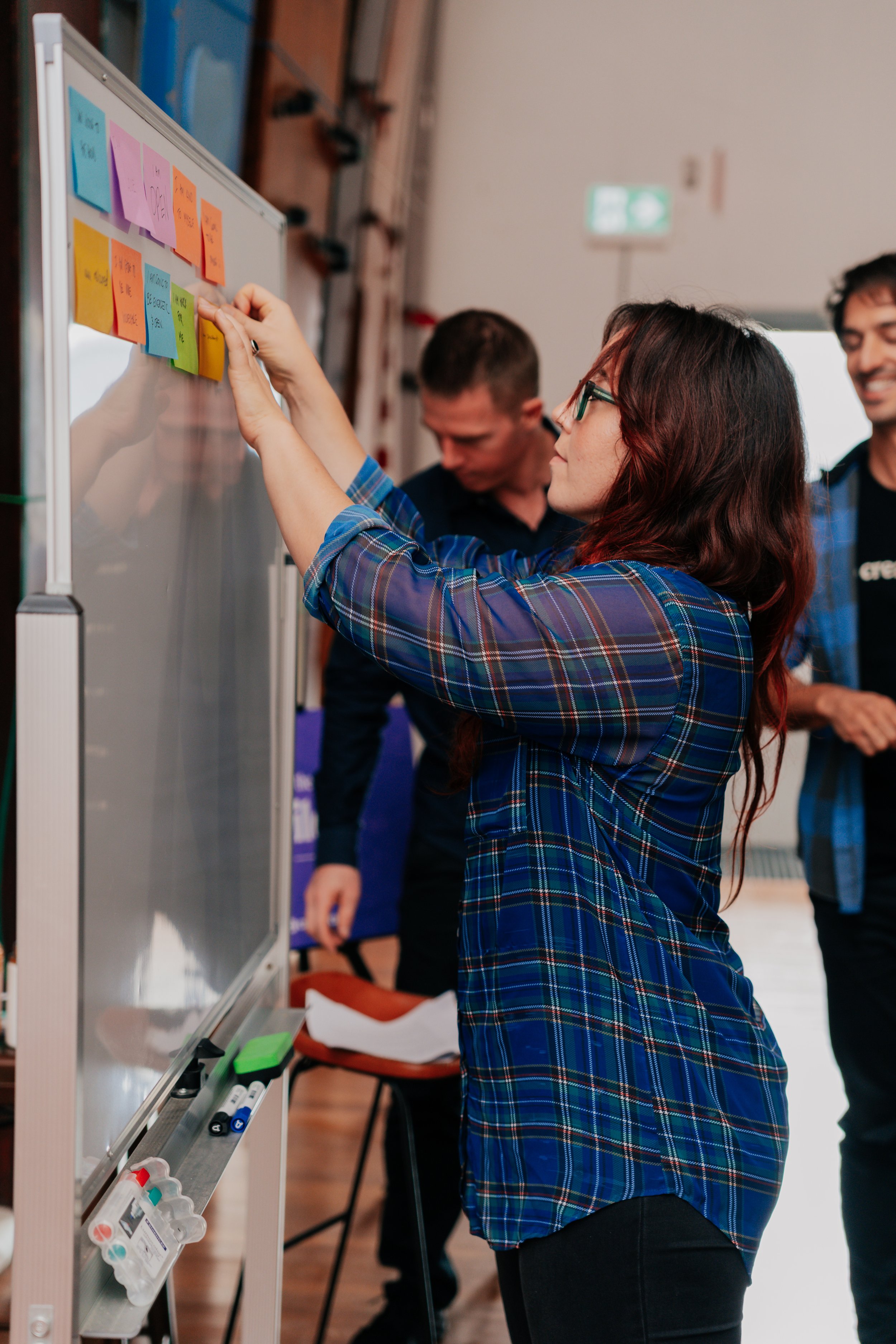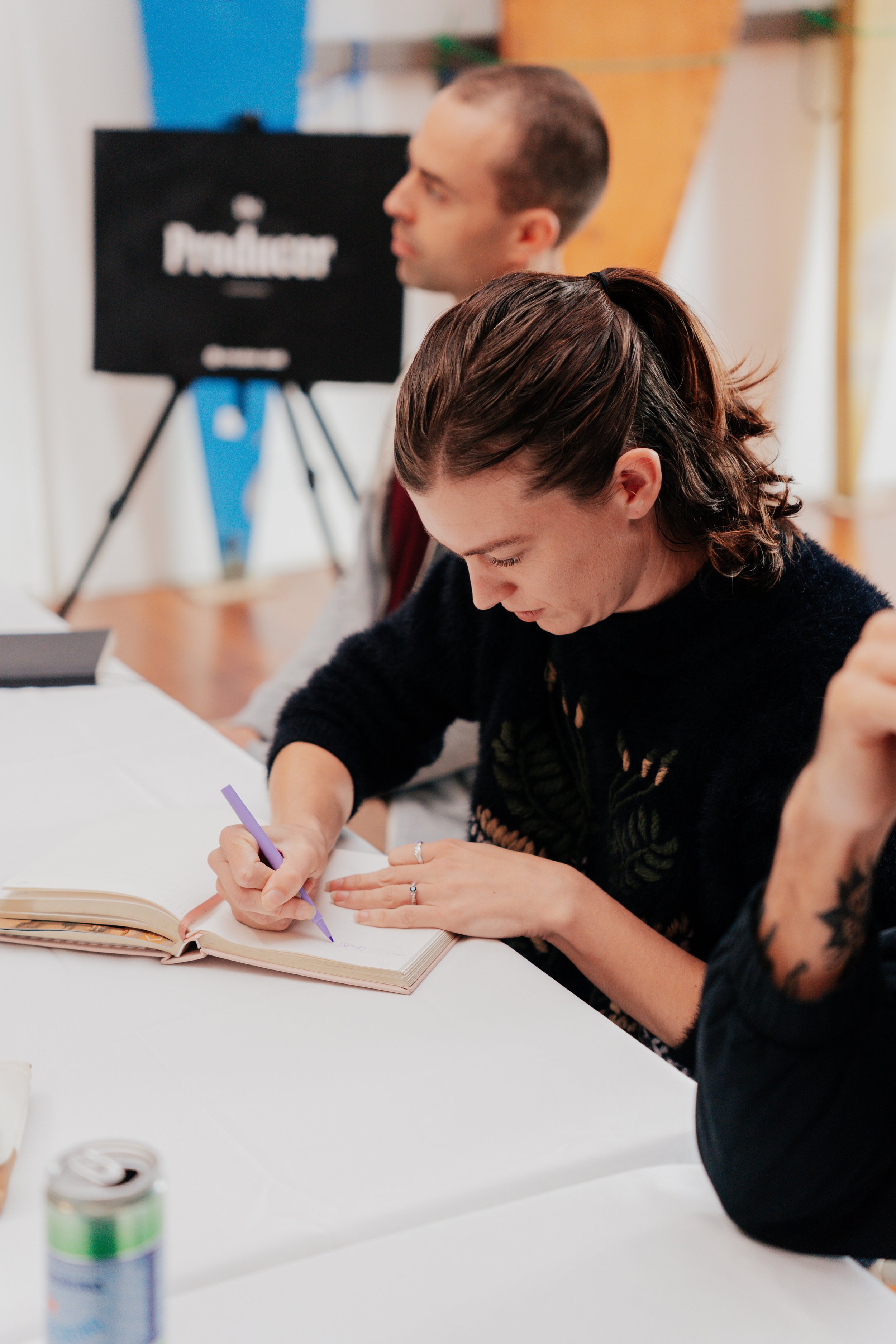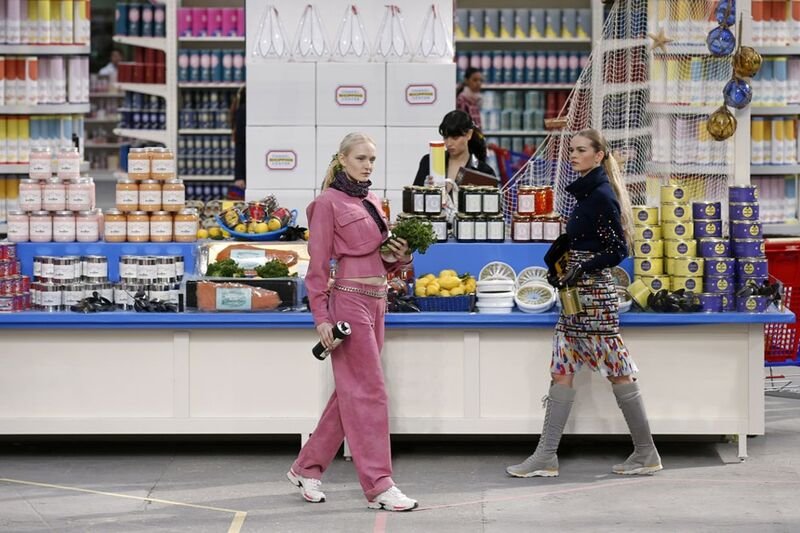Run your first live event (and over-deliver to create clients and raving fans)
There are few strategies that are more powerful in helping you grow a service business than getting in front of people. Sure it’s nice to ‘get on a call’ or have a link to book you on a zoom. But getting in the room, standing in front of people can’t be beat.
Personally I’ll go to great extents to be ‘with’ people. One reason - which is ironic because I don’t like big crowds - is that I DO like good people. I like spending time with them. I like helping them. I like collaborating with them or working with them.
But why are they so powerful for business (and in particular, for the brand-newbie?)
Back in the day, infomercials blew up on TV because of the sudden ability to ‘show’ people how you can help them in real time, streamed to the masses. Demonstration is one of the best forms of marketing that there is. A live event is similar, and although it’s much smaller, your ability to steer the energy in the room is much higher. There is a much stronger connecting or energetic transmission.
When you are early in your biz journey, you just can’t afford to sit around and wait for people to find you. You need to be actively working to position yourself in front of the people you want to help. Live events are a great way to do that, and instantly will put you at the ‘head’ of the room, even if all you do is organise it and get other people to speak.
Ruby and I have run events a bunch of times, from the very first iteration of business:
Soon after I opened a running retail store, I didn’t have many customers, but I realised that having customers would be a good thing. And that the customers weren’t just going to find me. So, I sponsored some races, and created some events in the store. It was a small store, but that didn’t stop us from doing running technique workshops and nutrition talks, and packing out the little shop.
These rarely led to big purchases on the night (sometimes a few bits and pieces) but helped to ‘position’ the store as the leading independent running store in the area.
Later, when we owned a gym we did a slew of ‘em.
In fact, before opening the gym, we did a ‘tour’ of events going to other gyms. We would turn up with forty or fifty goodie bags. The contents of which we mostly got for free from event sponsors. And then we would talk about stress and recovery while we were at these gyms, because this was a fairly new thing back then. When we eventually opened a gym, we kept doing workshops around nutrition, health, training and mindset. Sometimes we would run them. Sometimes we’d get a guest in to take it.
In all of the cases, it helped to meet new people, build a network, sell products and services (both physical and digital) and cement our positioning.
Now these events don’t need to be big.
And there’s no harm in just starting out by having an info night, or a get together with colleagues or clients.
But there are a few things you can do if you’re planning your first live event to make it more powerful.
Below we go through three key factors that can help you convert a normal gathering into a high value event to creating clients and raving fans. I’ve written this particularly for ‘micro’ events, which are anywhere from 5-40 people (we’ve had some clients start out with only three or four people showing up, and still build success over time), so you can apply these things even if it’s your first event.
I’ve also assumed here you have some ideas on who the event is for, and what it’s all about.
One. Leverage ‘Immersive’ Content
A while back I read an article about how kids would learn new tasks in a lot of traditional communities of the Americas. They used something called Learning by Observation and Pitching In (LOPI). Basically the way the communities taught the kids wasn’t through ‘assembly line’ school systems. But through involving them in the community tasks, and the kids helping to actually do important jobs, they learned much faster. The elders in the community would gently guide the kids - nodding encouragement. Or slowing them down, until they got it right.
I’m sure you’ve done a lot of this kind of learning yourself. And it’s also something we can do in live events. It doesn’t mean that the event is all work. But creating content that is ‘immersive’ or involves the people at your event is powerful.
When you think of a kid, when they learn to ride a bike, they get super excited. This is because they know that they ‘did’ something. Or they were immersed in it fully. They didn’t listen to someone talk about it. They didn’t read a manual on it. They did it. This is how we define ourselves. Through our actions, not what we think or read. And this is how we’re defined both in the eyes of others, and in our own mind.
There are a couple of ways you can make your content more immersive:
01. Give people an exercise to do right at the start of the workshop:
Something to get them paying attention early. Or you can do things throughout the event.
In one workshop that we ran, Ruby had a great exercise to get people going. She cleared a big whiteboard, and gave everyone a post it note. On the note, they wrote out something they wanted to get out of the day. Or something they wanted to let go of - like a fear maybe. Anyway, then they put all the notes up on the board, and you could see other people’s notes. Even though it was anonymous, everyone could see that their thoughts were similar. It sounds minor, but it’s a great way to build connection, without just launching into the talk about whatever it is that you’re covering.
02. You can go more extreme:
In some events, we’ve done free diving, big movement sessions. Walking meditations. All kinds of stuff to make it immersive.
Tony Robbins takes it even further - he gets people walking on hot coals.
He does that because it gets people involved, and immersed in the experience, and gives them a story to tell when they get home. The coals aren’t really that hot. It isn’t dangerous. It’s a trick. But it is powerful because it’s immersive. People can say “I did that.”
That’s the goal.
When you make your content more immersive in your event - and not just straight speaking, then people will pay attention and get involved. It will be something that’s memorable.
Now, if you can’t make it immersive - say you’re just giving a talk - you can still offer a small task. Something that they can do after the event, a worksheet, or a goal they can execute on.
Two. Create a Unique Experience from your World
I’ve been to a few different Yoga workshops, mindfulness events and meditation events. And some of them are unique, and bring something new into the mix. But a lot of them are the same. There’s the same relaxation. The same breath pattern. Then there’s the ice bath people (which I’m not into myself), and now all the gyms have the same ice bath days.
It’s not that these things aren’t good, or helpful.
It’s just that as soon as you jump on a trend for something, by definition it ain’t really unique to your world. So current trends aside, the question is what can you do from your world, that’s unique?
In 2014, Chanel ran a really interesting experience at their fashion show that was a good example of this. Basically what they did was transform the Grand Palais into a functioning supermarket, with fresh produce and shopping baskets, and all of the food items were emblazoned with the double-c logo. There was even a hardware section with Chanel brooms and hammers. Anyway, people lost their mind, and stole a bunch of the stuff. They kept it for themselves as a memento, or sold some of it off later. It was total madness, but a great example of a unique experience, that people couldn’t get anywhere else.
Let’s look at an example -
Say you’re a strength coach and you want to run an event.
What’s something you can bring in that’s unique to you?
Maybe there is a way of training, a type of music, or a type of food you could bring in?
Maybe you could decorate the space into some kind of theme from your world?
Live events are great to help you build your business world and brand. But you need to put in some effort to think about how you can do it.
Three. Give them Something to Share
What happens when people walk out of your event?
Do they read through the material?
Do they go home and think things through?
What about having something to share?
A while back I was ‘enrolled’ into a self help seminar. It was a two day event, and half way through they were getting us to look at areas of our lives where we thought we had communication gaps, or things we had left out of integrity. For example one guy stood up, and he had a fight with his father, and hadn’t talked to him for years. He was crying, et cetera. Anyway, the crowd cheered the guy on, and so he called his dad and made amends. So we all had to go out and make this ‘phone call’. So when you left the seminar, you didn’t have a physical thing to share, but you shared a conversation, and you had a story to share. And this is basically how the program grows, they got more people to sign up because more people would hear these stories.
Giving people a story to share is the best. Word of mouth still accounts for a huge amount of business, even with online businesses.
Most of the people we work with find us through a conversation they have with someone else.
Or they’re referred to us from another business.
But we also create tangible things that people can share. We send out t-shirts to new Creator Club members that they can wear. We host live events and create content and photos.
Every step of the way we are looking for one small thing we can bring in that can help people get an experience worth talking about, or something to share.
What is something that people can share from your event?
What is a story they could tell?
Final Words on Running Your First Live Event
The first few live events are never easy. Mine were small, doing running technique classes with ten or twelve people. But they were successful enough that I decided to keep going. And then like all things, they get easier over time.
Another friend of ours started her first live event as three people meditating on Bar Beach.
Each full moon they would get together to do it again.
After a year or so, there were 600 people.
They opened a yoga studio soon after, and instantly had a horde of raving fans ready to come in, and sign up.
So the most important thing is to start. Pull out your little secret diary and pencil something in, so you can put these prompts into practice, and start to do your marketing.
DOWNLOAD YOUR FREE STEP BY STEP GUIDE
Because we know events can be a lot of fun but overwhelming to organise, we created you a free guide that breaks down the process step by step.
You'll walk away with an outline for the event, a marketing timeline, ready to sell out your first event.




